Vintage Wrought Iron Furniture For Sale – While the online second-hand market has flourished, traditional thrift stores and second-hand shops continue to play an important role in the buying and selling of pre-owned goods. In both cases, there’s a sense of vulnerability. The items placed for sale are not merely commodities; they are often vessels of memories, symbols of past achievements, or representations of something bigger than the price tag they carry. Their inherent value comes not only from their physical characteristics but also from the values of durability and sustainability. These goods aren’t just products; they are symbols of craftsmanship, heritage, and pride. For sellers, the market for second-hand goods offers an opportunity to declutter their homes and make some extra money. Each item was unique, and the quality was immediately apparent to the buyer. They become part of the story of the buyer and the creator, connecting people to a tradition of excellence, heritage, and care. In a world dominated by fast fashion, disposable electronics, and mass-produced items, many people are beginning to question the value of constantly purchasing new products. Many sellers of second-hand electronics offer refurbished items, which have been inspected, repaired, and restored to a like-new condition. After the sale is complete, the buyer assumes responsibility for the business and takes control of its day-to-day operations. Whether you’re the seller or the buyer, the phrase “for sale” is a reminder that everything in life is in constant motion, always moving toward something new, something different, something better. This pride comes not just from the product itself, but from knowing that you are supporting a tradition of craftsmanship and care. Negotiation is often the most delicate part of the sale process. The first and most obvious reason is the tangible benefits they offer. Second-hand goods for sale have become an integral part of today’s economy, a trend that transcends geographic, economic, and cultural boundaries. Unlike starting a business from scratch, which requires time to build a reputation and establish market credibility, buying an existing business means stepping into an environment where some of the groundwork has already been done. Additionally, trends in sustainability and eco-conscious living have contributed to the growth of the second-hand market, as consumers become more aware of the environmental impact of their purchasing decisions. On the other hand, buyers may seek to negotiate lower terms based on the findings from their due diligence or their assessment of the business’s future potential. The ability to share knowledge, ideas, and resources has empowered individuals in ways that were previously unimaginable.
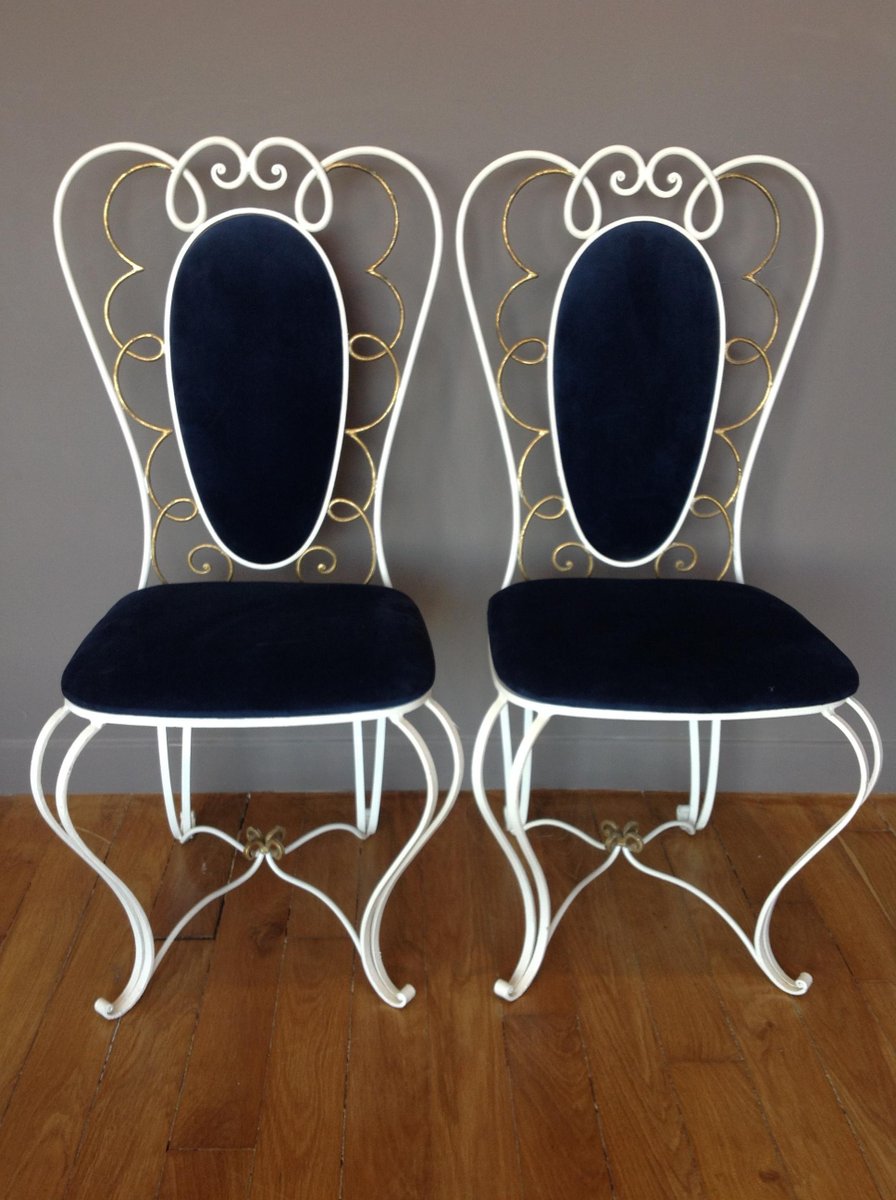
Vintage Wrought Iron Chair, 1950s, Set of 2 for sale at Pamono
Furniture · outdoor cooking · patio furniture
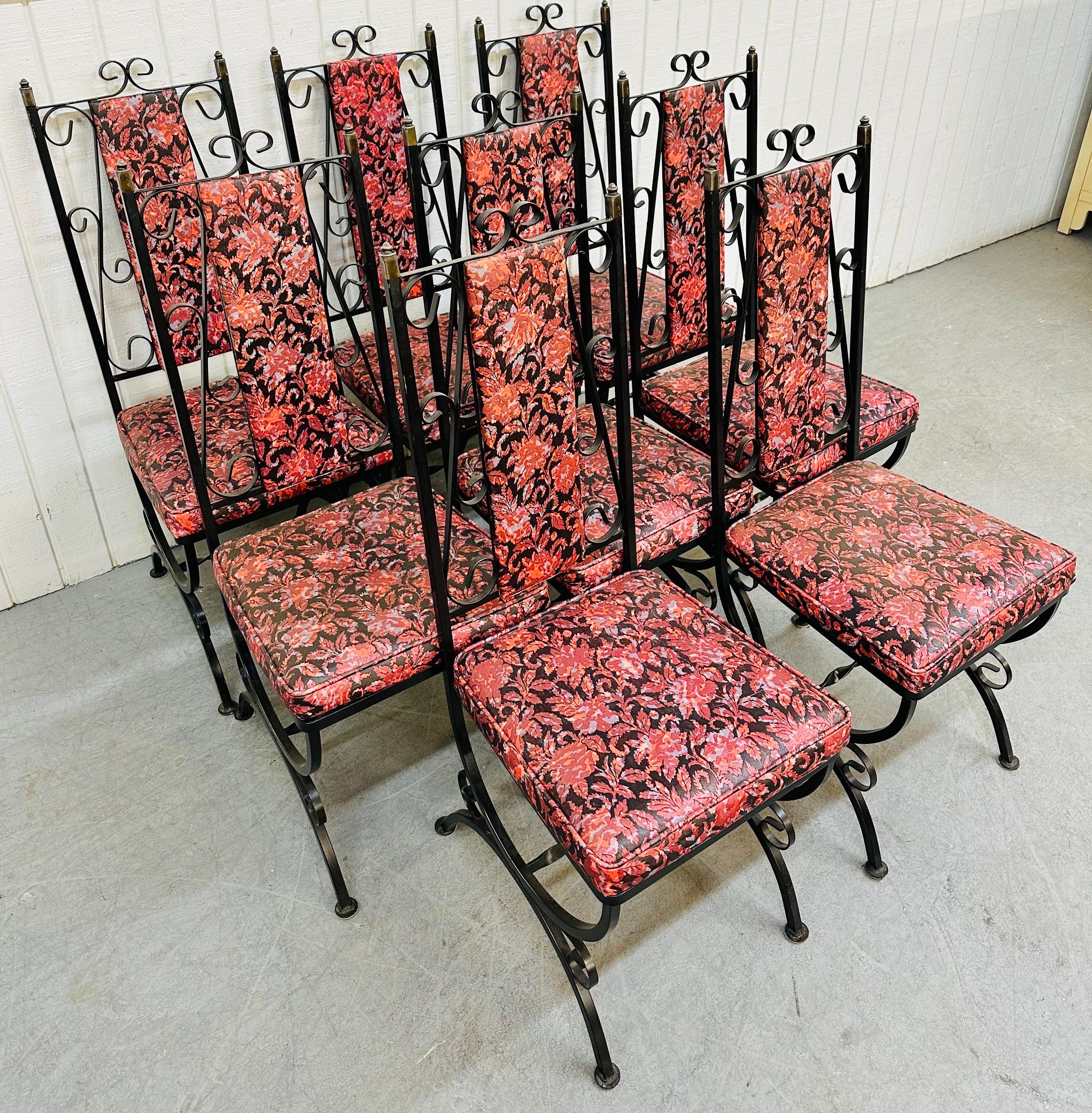
Vintage Wrought Iron Patio Chairs, Set of 8 at 1stDibs
Furniture · outdoor cooking · patio furniture
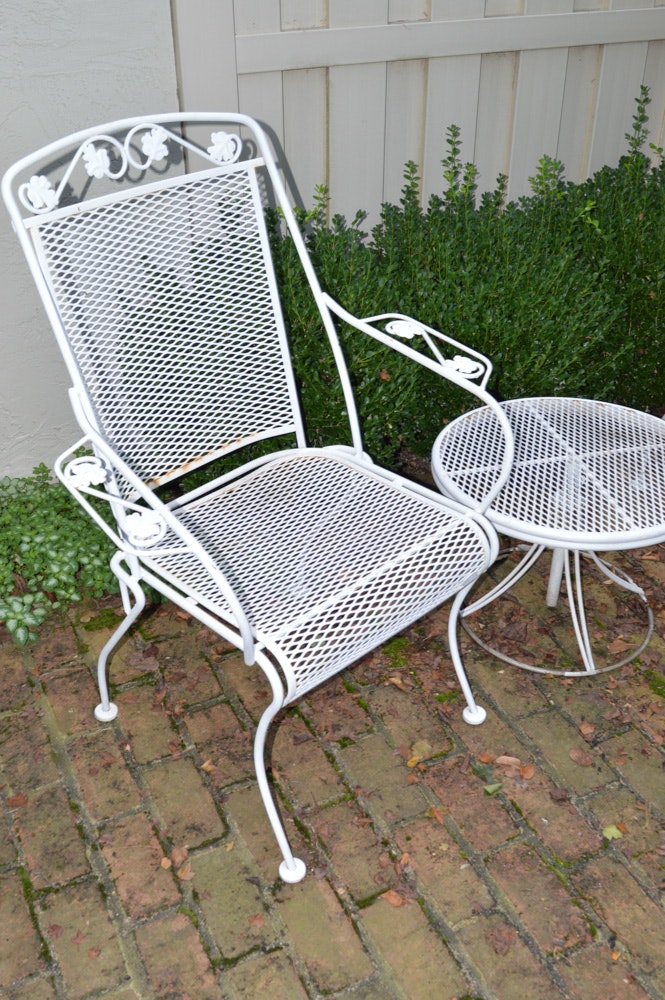
Vintage Wrought Iron Patio Chairs with Table EBTH
Furniture · outdoor cooking · patio furniture
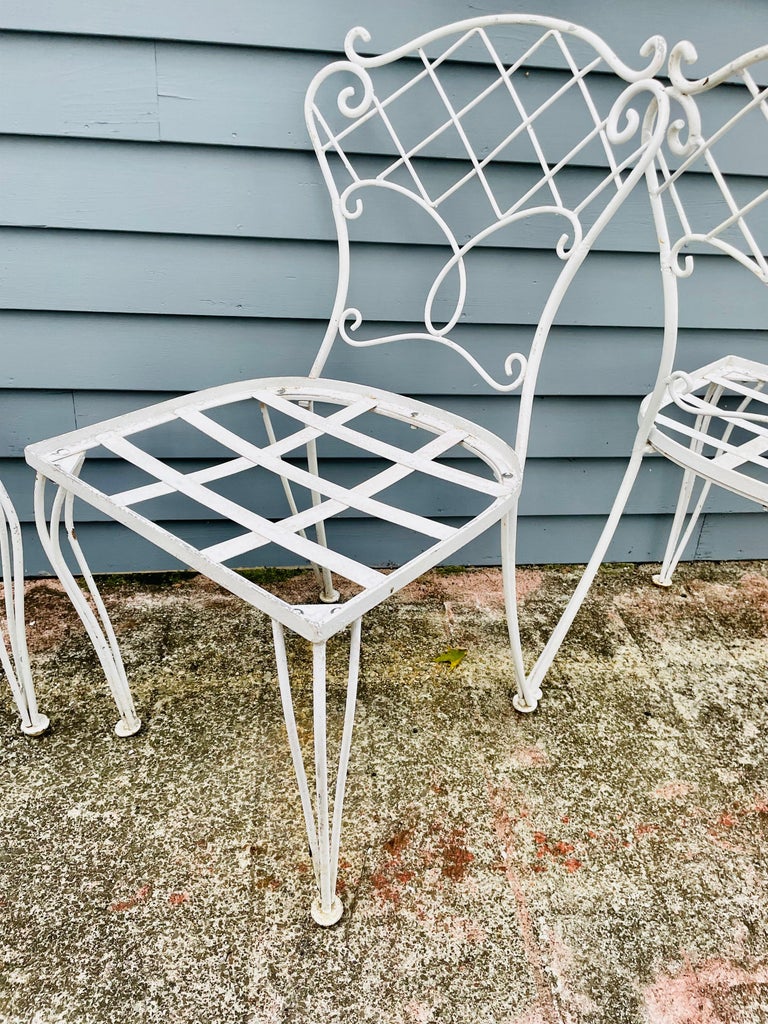
Set of 4 Vintage Wrought Iron Chairs For Sale at 1stDibs
Furniture · outdoor cooking · patio furniture

Vintage Woodard Wrought Iron Patio Furniture. Salterini Etsy
Furniture · outdoor cooking · patio furniture
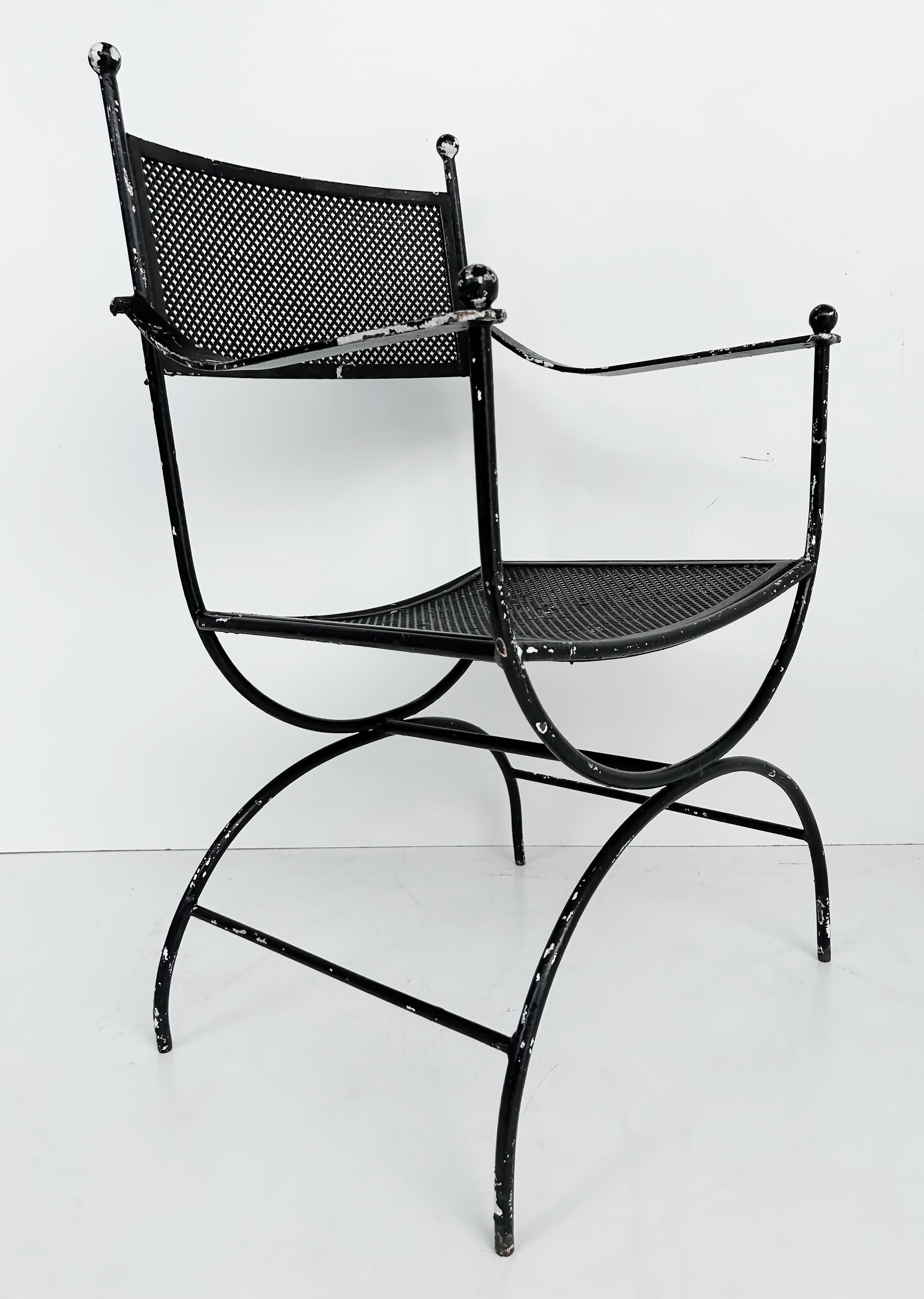
Vintage Wrought Iron Garden Patio Chairs Set of 4 at 1stDibs used
Furniture · outdoor cooking · patio furniture
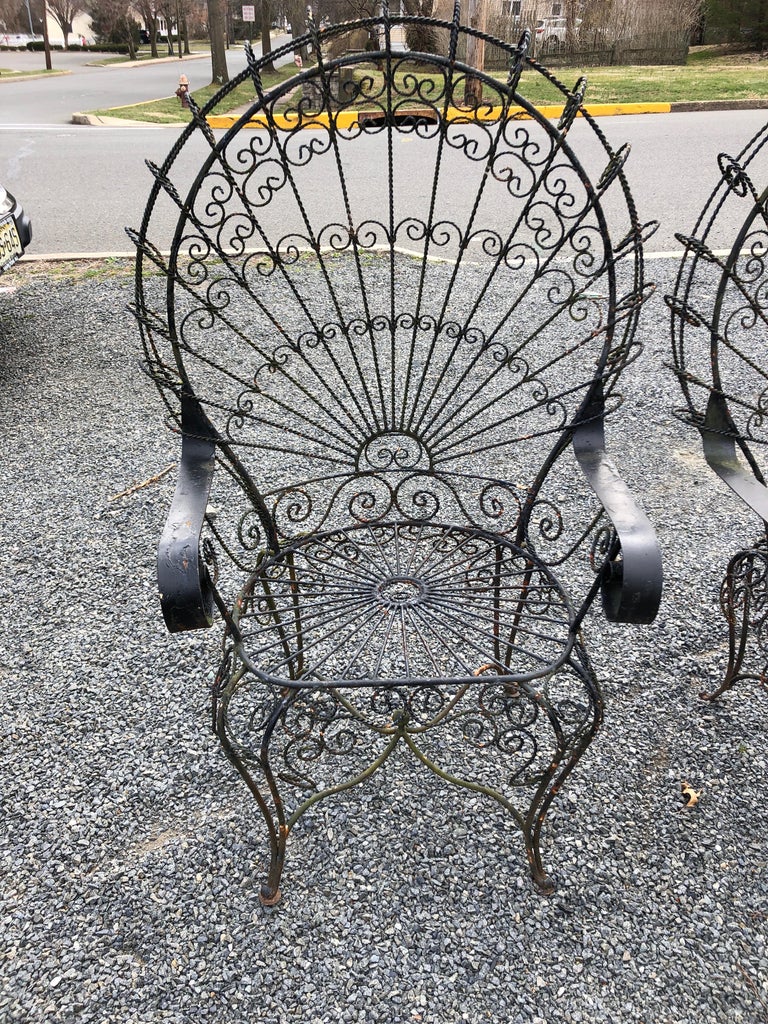
Pair of Midcentury Salterini Wrought Iron Peacock Chairs at 1stDibs
Furniture · outdoor cooking · patio furniture

Wrought Iron Outdoor Furniture, Vintage Outdoor Furniture, Metal Patio
Furniture · outdoor cooking · patio furniture
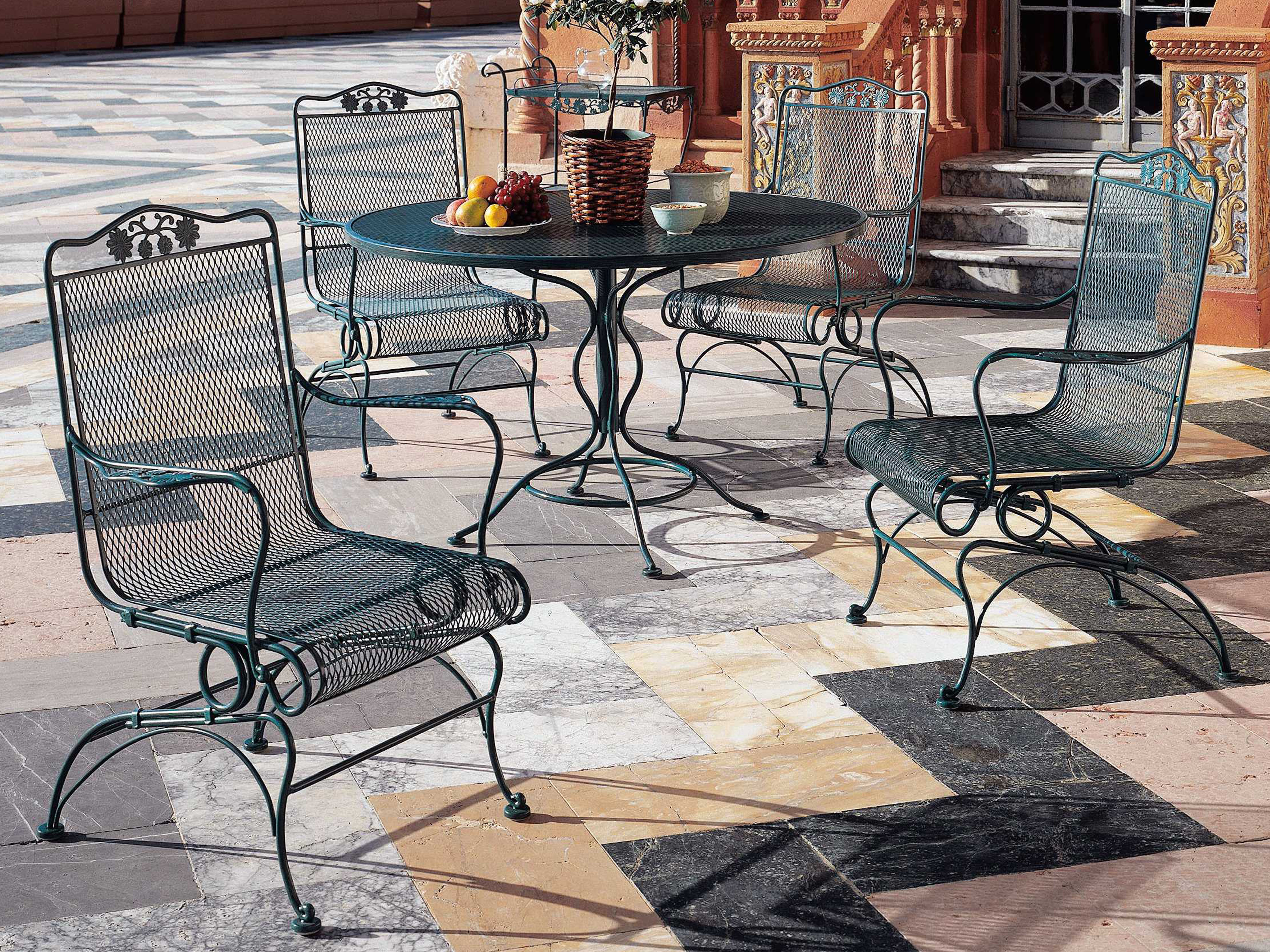
Woodard Briarwood Wrought Iron Dining Set GBLDS
Furniture · outdoor cooking · patio furniture

Outdoor Furniture Vintage A Set Of Six French Antique Wrought Iron
Furniture · outdoor cooking · patio furniture
Although the transaction may be challenging at times, the opportunity to buy or sell a business can open doors to new ventures, provide financial rewards, and enable entrepreneurs to pursue their goals. The sale and purchase of second-hand goods play a pivotal role in this transition, demonstrating how individuals can make a meaningful impact through everyday choices. Unlike mass-produced items that may become outdated or fall apart with minimal use, quality products are designed to endure. These brick-and-mortar stores offer a different shopping experience, one that is often characterized by the thrill of the hunt. Whether you’re the seller or the buyer, the phrase “for sale” is a reminder that everything in life is in constant motion, always moving toward something new, something different, something better. The very notion that everything can be bought and sold creates a society where inequality is not just accepted, but ingrained in the very structure of the economy. This can be particularly advantageous for entrepreneurs who might have experience in business operations but lack the time or resources to build a new venture from the ground up. The world may increasingly operate under the assumption that everything is for sale, but the human spirit, with its capacity for love, creativity, and compassion, refuses to be bought. Online platforms also give buyers and sellers the chance to evaluate one another through reviews and ratings, adding an extra layer of trust and security to the transaction. Both the buyer and the seller are seeking the best possible terms, and finding common ground can be a challenge. For those who enjoy the tactile experience of shopping and the sense of discovery that comes with it, thrift stores offer a personal and immersive way to shop for second-hand items. The sale agreement will include details about the purchase price, payment terms, assets being transferred, and any contingencies that may apply. A home, a car, a piece of jewelry, a moment in time, a relationship — all of these things, at some point, become commodities. As society has evolved, the scale of production has expanded, and many quality goods are now mass-produced or distributed through large retail chains. A blacksmith might craft a sword, a tailor might stitch a suit, and a potter might mold a vase. With the rise of e-commerce, the accessibility of quality goods for sale has expanded exponentially. The artist who created it may have one understanding of its worth, while a collector may see it as a valuable investment, and a casual admirer might simply appreciate its beauty without considering its monetary value. However, it’s also important to recognize the darker side of this freedom. For many, purchasing second-hand goods is not just about saving money, but about embracing sustainability, supporting a circular economy, and contributing to a more environmentally conscious world. They become part of the story of the buyer and the creator, connecting people to a tradition of excellence, heritage, and care.
On one hand, there’s the potential for an established client base, proven systems, and a recognizably brand name. Similarly, gently used clothing from high-end brands can be found for a fraction of their original retail price. The production of new goods often requires significant resources, such as raw materials, energy, and labor, while also generating waste and contributing to pollution. On the other, there’s the challenge of assessing the true value of a business, navigating the complex negotiations, and ensuring that the business is a sound investment in terms of both its financial health and its long-term viability. By buying second-hand goods, consumers can feel good about supporting their communities and giving back to those in need. In some cases, selling second-hand items can be a way to make a significant profit, especially if the items are rare, vintage, or in high demand. Social media platforms, for example, offer users a chance to buy into their own identity, to curate a version of themselves that is more appealing, more desirable, more marketable. The environmental benefits of buying second-hand goods go beyond just reducing the need for new production. And, in a way, this is the ultimate form of freedom: the ability to buy, sell, and trade on your own terms. Many sellers of second-hand electronics offer refurbished items, which have been inspected, repaired, and restored to a like-new condition. Whether it’s the sleek lines of a designer chair or the intricate patterns on a handwoven rug, quality goods are often as much about aesthetics as they are about functionality. In addition to offering unique items and affordable prices, many second-hand stores also serve an important social and community function. Online platforms such as eBay, Craigslist, and Facebook Marketplace have made it easier than ever for individuals to sell their unwanted items to a global audience. Success after the acquisition depends on a variety of factors, such as effective leadership, market conditions, and the buyer’s ability to make improvements and capitalize on growth opportunities. Quality goods for sale are not just limited to luxury items or high-end brands. Even in a marketplace where everything is commodified, there is still room for those moments and experiences that transcend value. The resale of pre-owned clothing has become a booming industry in recent years, with second-hand stores and online marketplaces thriving as more consumers opt for affordable, sustainable alternatives to fast fashion. People can be bought and sold in the form of labor, for example, and loyalty can be traded for material gain. A house can be bought, a car can be sold, a watch can be pawned. However, there’s also an argument to be made that, over time, quality goods are often more economical in the long run.